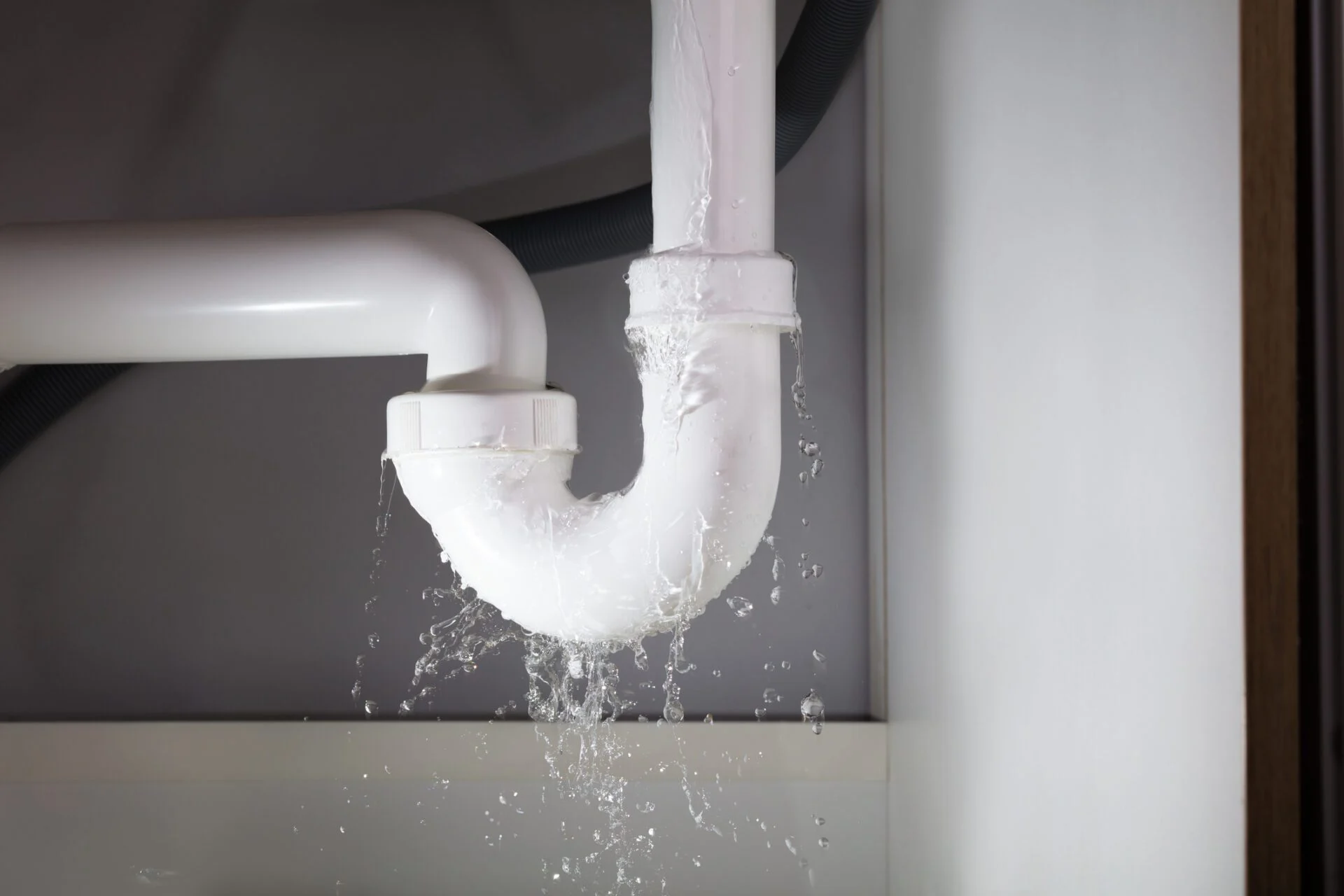Maintaining a pool might seem like a daunting task, but understanding how much chlorine to add to pool is a critical part of keeping your swimming pool safe, clean, and inviting. Whether you are a homeowner enjoying your private oasis or a real estate developer planning community amenities, knowing the right amount of chlorine sets you up for tremendous success. This guide will walk you through everything you need to know about chlorine for pools.

Why Is Chlorine Important for Your Pool?
Chlorine plays a vital role in pool maintenance. Not only does it kill bacteria and harmful microorganisms, but it also helps keep the water crystal clear. Its a key component of maintaining the health and usability of your pool while preventing dangerous waterborne illnesses.
What Factors Determine How Much Chlorine to Add?
The amount of chlorine your pool requires depends on several factors:
- Pool size and volume
- Water temperature
- Usage frequency
- Sunlight exposure
- Current chlorine level
Step 1: Calculate Your Pool Volume
Before adding chlorine, you need to know your pool volume. Follow this simple formula:
- Square or rectangular pool: Length x Width x Average Depth x 7.5 = volume in gallons
- Circular pool: Diameter x Diameter x Average Depth x 5.9 = volume in gallons
Step 2: Measure Current Chlorine Levels
Use a reliable pool test kit to check current chlorine levels. Ideal chlorine levels should range between 1-3 ppm (parts per million). For accurate results, test the water weekly or after heavy pool use.
How to Determine Chlorine Type?
There are multiple forms of chlorine, each with unique advantages:
- Tablets: Perfect for slow and consistent chlorine release
- Granules: Ideal for quick adjustments
- Liquid Chlorine: Best for large pools with high demand
Low-impact development principles can also help reduce environmental strain while maintaining beautiful outdoor spaces, including pools.
The Formula: How Much Chlorine to Add to Pool?
For every 10,000 gallons of water, you generally need:
- 2 tablets of chlorine per week
- 1 pound of granular chlorine for weekly shocking
However, environmental factors, heavy usage, and water conditions can modify these amounts.
Should I Shock My Pool Regularly?
Shocking involves adding a higher dose of chlorine to eliminate contaminants. It is recommended after periods of heavy use, extreme weather, or visible contamination. Pool improvements like regular shocking can also enhance property value.
How Does Sunlight Affect Chlorine Levels?
UV rays break down chlorine quickly. Pool stabilizer (cyanuric acid) can minimize the breakdown and ensure consistent chlorine levels.
Managing Pool Chlorine in Summer
During summer, pools often consume more chlorine due to heat and increased use. Monitor levels closely and adjust as needed for tremendous results.
Common Mistakes When Adding Chlorine
Avoid these common mistakes:
- Using too much chlorine, which can irritate skin and eyes
- Adding chlorine directly to the pool without a dispenser
- Ignoring the balance of pH and alkalinity
The Benefits of Smart Pool Maintenance
Proper chlorine use ensures clear, bacteria-free water. By maintaining correct levels, you create a safe environment for family and guests while extending the life of your pool system. For additional sustainability tips, consider practices outlined in green construction projects.
FAQ
How often should I check my pool’s chlorine levels?
Ideally, test your pool water at least once a week. During periods of high use or after extreme weather, test more frequently.
Can I use alternative sanitizers?
Yes. Alternatives like bromine or saltwater systems are available, but chlorine remains the most reliable and cost-effective option.
What if I add too much chlorine?
Over-chlorination can be resolved by diluting with fresh water or using a chlorine neutralizer. Always follow guidelines on how much chlorine to add to pool.
For more information on maintaining your pool’s perfect balance, you can read this link about the best pool cleaning techniques.

Conclusion
Knowing how much chlorine to add to pool is a vital step in keeping your pool safe, welcoming, and beautiful. By following this guide, homeowners and developers alike can create swimming environments that are a source of delight year round.
This article contains affiliate links. We may earn a commission at no extra cost to you.



